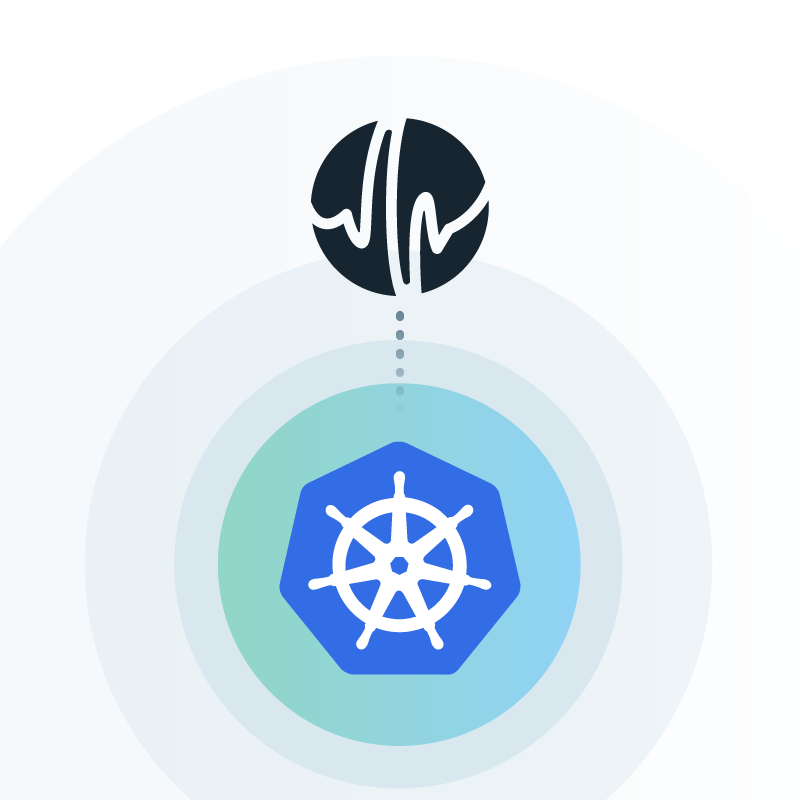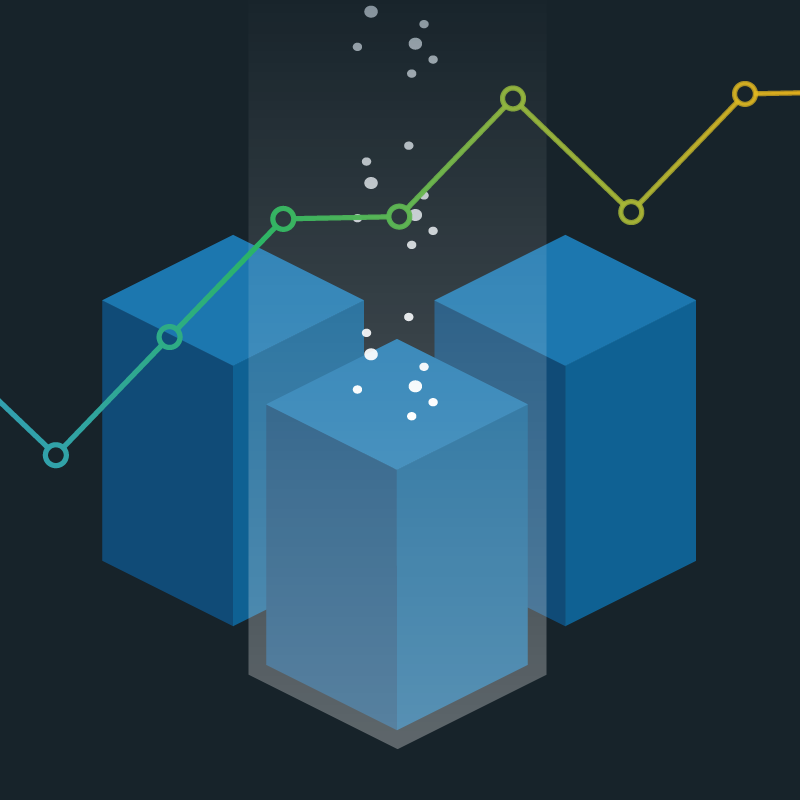Since its release 5 years ago, Kubernetes adoption has exploded. It’s easy to understand why. Kubernetes helps organizations significantly ease and speed application development. But Kubernetes can be challenging to work with. Managing a cluster […]
This week, we announced the availability of our Spring 2020 release. The highlight of the release is our Kubernetes monitoring solution, which provides health-based alerting and horizontal pod auto-scaling. Additional enhancements include cloud monitoring, GCP […]
Today we want to talk about a welcome change to Circonus’ user interface: the addition of dark mode. Once found only in apps themselves, dark mode is now supported by all major operating systems, including […]
Infrastructure management has changed. Gone are the days when managing server operations also meant managing server hardware and its never-ending upgrade cycle. Thanks to containers and cloud virtualization, increased server capacity is just a button click away.
Circonus will soon be releasing our next generation fault detection system, faultd (fault-dee). Faultd is an internal component of our infrastructure has run alongside our existing fault detection system for several months with outputs verified […]
We’ve recently pushed out several exciting improvements to Circonus. With this release, you can expect the following improvements: Stream Tags Today we are excited to announce the general availability of Stream Tags—Circonus’ implementation of the […]
Gain greater insight into system behavior in aggregate, across multiple dimensions. A “metric” is a measurement, or value, representing the operational state of your system at a given time. For example, the amount of free […]
The Circonus team is excited to announce the release of our newest update, which includes sweeping changes to the Circonus Monitoring Platform UI. This update is part of an ongoing effort to optimize the Circonus […]







